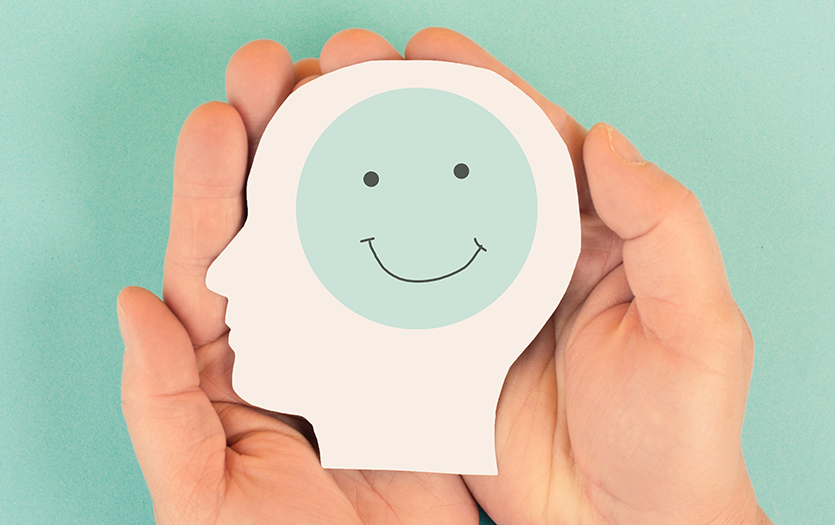
This post was written by Greshna George, MD, PPG – Pediatrics.
It’s great for kids to get plenty of time to play outside, but while they are enjoying the great outdoors, it’s also important to keep them safe from the sun’s UV rays. Prolonged exposures to direct sunlight can have immediate effects like sunburn or long-term consequences like skin cancers. Here’s a helpful overview of how to best keep your children protected from the sun this summer.
Choose your outside time wisely
When deciding the best time for outdoor activities, while also being mindful of your family’s UV exposure, it’s helpful to consult the UV index for the day. The UV index is a forecast of the quantity of skin-damaging UV radiation expected to reach the earth’s surface. It ranges from 0 (nighttime) to 15 or 16 (the tropics at high elevation under clear skies). The higher the UV index, the higher the damage to the skin could be. Knowing this information can help you make plans and take extra precautions as necessary.
In general, it’s recommended to try to avoid sun exposure during the peak hours, between 10 a.m. and 3 p.m., to avoid sun damage. Try to get out and enjoy your outdoor activities early in the day or later in the afternoons. If you need to be out in the sun during peak times or high UV index days, take extra precautions with sunscreen and protective clothing.
Always use sunscreen
When choosing a sunscreen for your children, look for a broad spectrum option that protects against both UVA and UVB rays and has at least 30 SPF. For infants and young children, always apply a sunscreen with a minimum SPF of at least 15, but preferably higher. All children 6 months and older can wear sunscreen. Direct sun exposure is not recommended for infants younger than 6 months.
Sunscreen should be applied to all parts of the body not covered by clothing on all days spent outside, even when it’s cloudy, as 80% of harmful UV rays can pass through clouds. Remember to get sunscreen on the tops of your child’s feet, neck, ears and the top of their head, too!
Apply your child’s sunscreen 15-30 minutes before sun exposure to allow for the formation of a protective film on the skin. When outdoors, reapply sunscreen approximately every two hours or after swimming or sweating.
The “teaspoon rule”
To make sure your children are getting sufficient protection from their sunscreen, use the “teaspoon rule” for application. This means:
- 1 teaspoon of sunscreen to the face and neck
- 2 teaspoons to the front and back torso
- 1 teaspoon to each arm
- 2 teaspoons to each leg
Other ways to protect your child’s skin
In addition to proper sunscreen usage, here are some other tips for keeping kids’ skin safe from the sun:
- Seek shade whenever possible, especially between 10 a.m. and 3 p.m.
- If you can’t find shade, create your own with an umbrella, canopy or the hood of a stroller.
- Make sure kids don’t get overheated and that they drink plenty of fluids.
- Wear protective clothing such as lightweight and long-sleeved shirt, pants, a wide-brimmed hat and sunglasses with UV protection.
- For extra protection, choose clothing with an ultraviolet protection factor (UPF) number on the label.
- Be extra careful around water, snow and sand, as they can reflect the sun’s rays.
Children and sunburns
Sometimes sunburns happen. Signs that your child might have a sunburn include, but are not limited to, fussiness, crying excessively, redness on exposed skin, excessive warmth at the back of the neck, or decreased urine output.
To treat sunburn at home:
- Give cool baths or showers, patting them dry but leaving a little water on the skin.
- Apply moisturizers, preferably containing aloe vera. This can trap water on skin and also ease the dryness.
- Give ibuprofen to help with swelling and pain (minimum age of 6 months).
- Ensure you’re giving your child plenty of water, more than the usual amount they drink
- Avoid sun till the sunburn heals.
- Always seek medical help if you have concerns or skin starts blistering to ensure adequate care and recovery.
Seek medical attention for sunburn if:
- Your child is less than 6 months old and you suspect sunburn.
- Skin shows blistering, especially greater than 2 inches or involving a significant part of the body.
- Your child has intense pain, swelling or discomfort.
- Your child has a fever or chills.
- Your child experiences dizziness, confusion, headache or loss of consciousness.
- You have any concerns—it’s always better to err on the side of caution.



